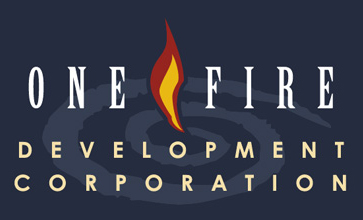Change Management
Capturing the hearts and minds of the tribal or business community
 A compelling case for change is essential for a successful transition. It provides the people of an organization with the motivation to invest their required time and energy.With a compelling case for change, implementation will be seen as essential and people will believe in what you are asking them to do. Without it, people will resist the change, and the desired results may not be achieved.
A compelling case for change is essential for a successful transition. It provides the people of an organization with the motivation to invest their required time and energy.With a compelling case for change, implementation will be seen as essential and people will believe in what you are asking them to do. Without it, people will resist the change, and the desired results may not be achieved.
We have found that successful Tribal nations and enterprises mobilized leaders, employees and Tribal members to support a common direction and monitor progress forward. To implement these changes you need commitment and communication.
Commitment is the energy that moves the plan forward. You want to understand the commitment levels of key people and then create commitment if it is lacking. You want to make sure the right people are in place. If these key people do not have the time and energy, we have tools that will help influence them. To build commitment, you want:
- To know who needs to be committed
- Their commitment levels and the commitment levels required
- A plan to move commitment to desired levels
- A monitoring system to assess progress
Communication holds all the pieces together. You want to tell Tribal members, employees and leadership about the action plan. Community members or employees may not be actively involved in a project, but clear communication helps build support. Creating effective communication, you want to know:
- What is to be communicated
- Who will receive the information
- The key messages
- The method of communication
- Who is responsible for communication
To effectively manage change, you want to form a community planning team. The team will take charge, build trust, and oversee all steps to pull everyone together in a unified effort. They can use several methods to get the momentum going, from community meetings and newsletters to workshops and websites.
One west coast Tribal nation had a strong record of achievement. Their businesses were performing well, and services were delivered on a timely basis. A neighboring Tribe began promising per cap allocation, increased entitlement for the elderly, and an increase in security deposits for new homes. During the Tribal campaign, the opponent of the sitting leader focused his campaign on those same promises of the neighboring tribe. The sitting leader did not understand the fluid nature and changing beliefs of the community members. He saw his performance as good and found no threat from his opponent. The sitting leader of this well-performing tribe was voted out.
The vision, values, and lifeways of a community influence their choices about economic activities. Without capturing their hearts and minds, development becomes challenging to achieve and nearly impossible to sustain. Improvement initiatives take a great deal of energy to get started, similar to the flywheel effect, but once started the momentum it is hard to stop.
